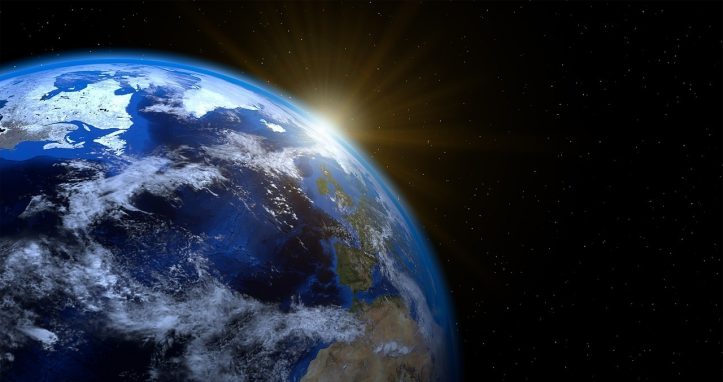What is Earth? It is a question many people ask, and for a variety of reasons. In the search for answers, we have learned that Earth is a unique planet unlike any others in our solar system.
It is a world where all sorts of different life forms exist, including fish, amphibians, animals, plants, and fungi. Earth also has climates, earthquakes, magnetic fields, atmosphere, and its moon is one of the most important parts of Earth, as well.

Earth is the second planet in the solar system and the only celestial object known to host living beings. About 29.7% of Earth is water, consisting mainly of oceans and continents. The remaining portion of the earth consists of rock, with the exception of the innermost layer of the earth which is a solid ice-like layer.
The study of earth science is a major part of what people study about outer space. The earth is believed to be covered with oceans of liquid sulfuric gases. Other theories suggest that there are air-filled holes in the earth’s crust, or that the earth is covered with layers of thick sulfates or gypsum volcanoes.
Some people study earth science to find out more about the interior composition of our planet. These studies include looking at the composition of the core, outer solar system, and a model of the moon and planet. Other types of study include studying the effects of radioactive decay on the earth’s atmosphere, the composition and distribution of ice, and the composition and movement of the tectonic plates under the earth’s surface.
Some earth scientists study the interaction between the sun, the solar system, and the planet’s climate. These scientists believe that the tectonic plates which define the inner layer of the earth are slowly moving, causing changes in the climate that we experience today. This type of study also tries to learn more about the origins of the earth. Some groups of earth scientists study the effects of changes in the Earth’s orbit, the greenhouse effect, the development of living organisms, the structure of the oceans, and the hydrology.
Today, there are many professional associations that teach earth science. They include the American Meteorological Society, the American Geophysical Society, and the American Academy of Earth Science. Many college and university offering earth science courses include earth science programs. For example, Penn State University offers an Earth and Space Studies program.
To answer the question above, you have to study the earth’s composition and surface topography at different scales. At the sub-planetary level, the surface of the earth includes rock, ice, and tectonic plates. On the Earth’s solar system, it consists of comets, gaseous vapors, and asteroidal material. The ocean’s topography can be studied via satellites and includes the structure, thickness, and movement of oceans’ layers.
Today, the sun, Mars, Jupiter, and Saturn circle the galaxy at great speeds. To study the earth, you must travel to places that are facing away from the sun, such as the South Pole, and Earth’s tilt makes the planet oblate or flatten in its orbit. By studying the effects of different rays hitting different parts of the planet, a scientist can get a better understanding of how the planet formed.
When the outer solar system started out, it was a planet much like our own. It took billions of years for the solar system to grow to what we know it to be today. When the Sun began heating up and creating gases that would become water vapor, it spiraled into our solar system. From there, the Earth formed, and we live on it today.
When people go to NASA, they ask questions about the moon, and the outer space. They also want to know about the earth, the origins of the solar system, and how life started on the planet. It is interesting to learn that a satellite can take pictures of the planet at many different angles, and that can tell us something about the surface composition of the planet. In fact, NASA has taken so many images of the planet with different kinds of instruments that they have created a website just for this purpose. Even though the website doesn’t answer every question that you might have, it is a good start.
If you love science, you may be able to put your favorite question into the search bar of a search engine and come up with different answers. For most people, though, the real question is, “What is Earth?” And knowing more about the inner workings of our planet is only going to make it easier for them to answer it.